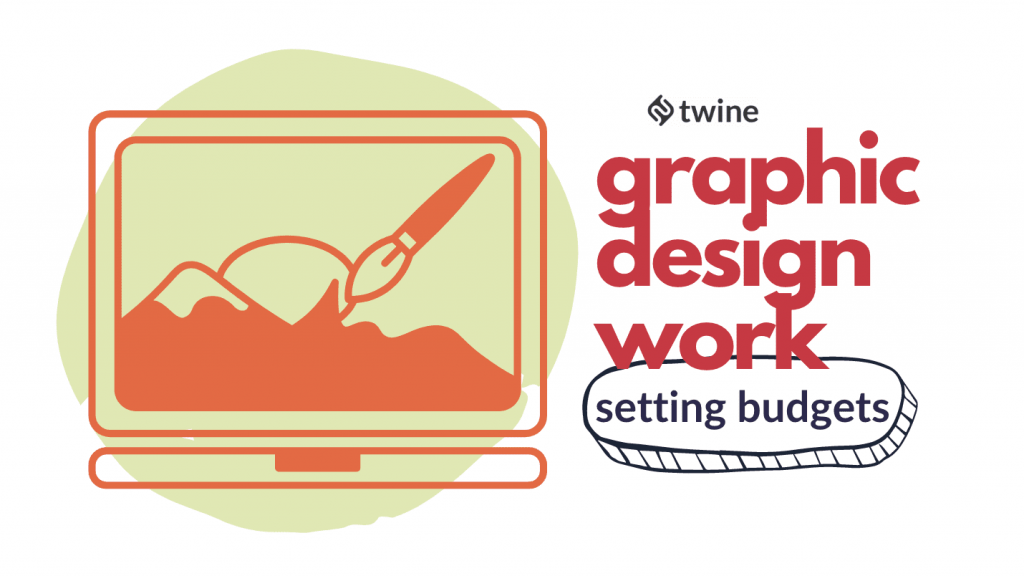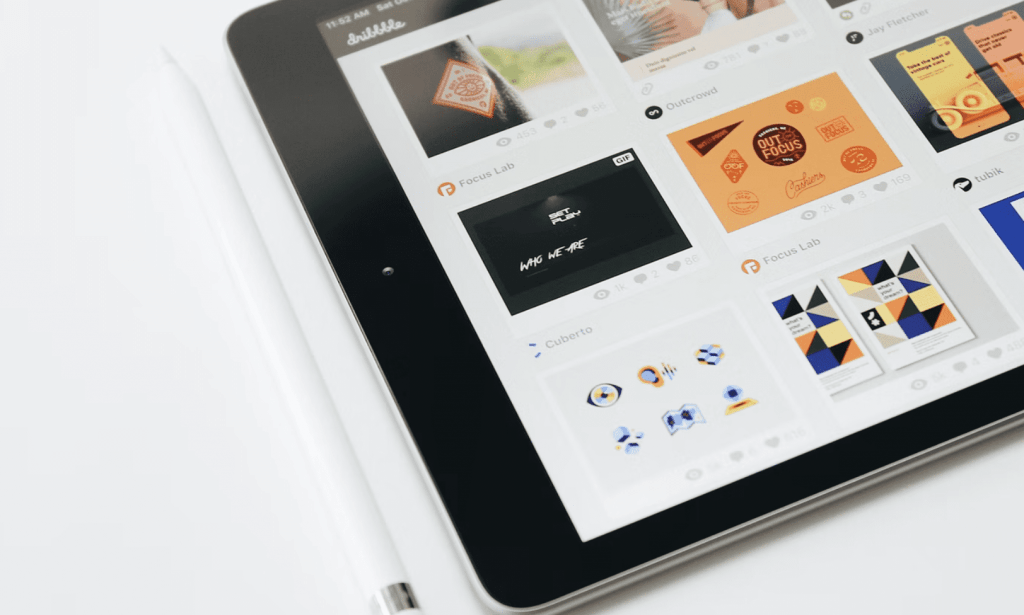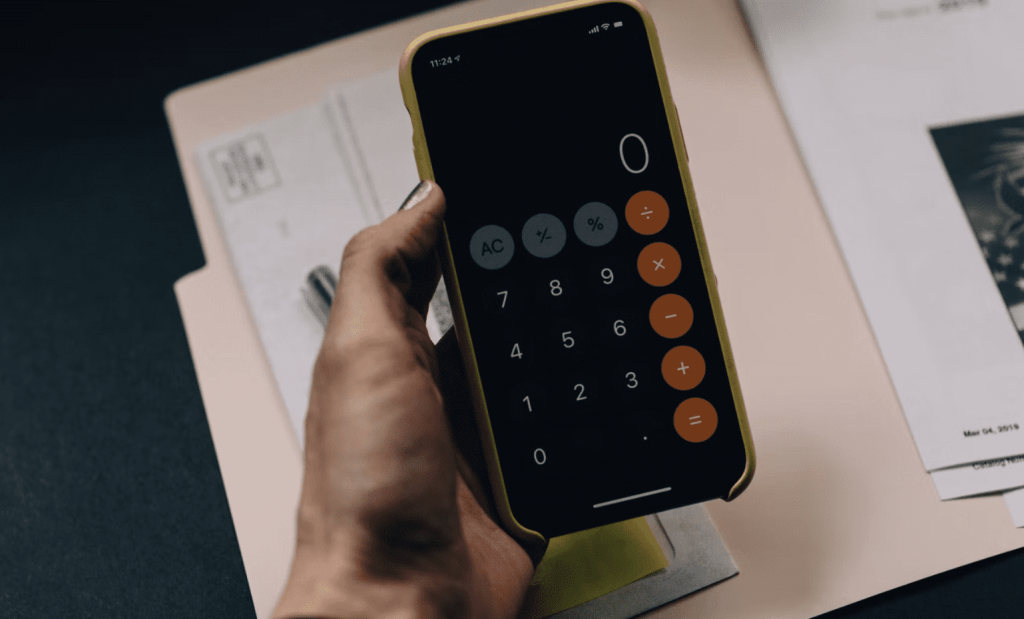
When you’re starting a business, there’s little more important than building a solid and recognizable brand. A really important part of this is the obvious one – the visual element. In particular – graphic design work.
Whether it’s a striking new logo for your start-up or a bold banner for your Youtube channel, you want it to look polished and professional and really give your customers an idea of what you’re all about.
For this, you’ll probably require the services of a graphic designer.
Twine makes this easy: you can simply post a brief and have loads of our talented graphic designers pitch on it. We even have payments, so it really couldn’t be simpler.
“But wait,” you might be thinking, “payments?”
How much does graphic design work cost?
That’s right – to get that top-quality graphic design work that shows you in a good light, you’re gonna have to shell out a bit of cash.
High-caliber logos and other graphics come at a premium and to be honest, it’s worth spending the money. These graphics are so so important for your company image and on top of that, you could be using them for centuries (no, really).
So if you want something that looks fantastic and has serious staying power, you need to think about a realistic budget. The last thing you want is to end up on a list like this. Setting budgets for graphic design work is (clearly) very important and skill to be mastered!
For budgeting, less isn’t more

First thing’s first: with this sort of work, it’s best to not be stingy.
Spend as much as you can afford – consider how much you’re intending to spend on marketing as a whole, and remember that this is an integral part of that.
There are other advantages to this – if you’re offering more money, you’ll get more pitches and have a greater choice of the artist. The work you’re pitched will also be of a higher quality!
It might sound obvious (but you’d be amazed at how many people forget it), but people will work harder if you’re paying them properly.
And now for the big question – how exactly do you go about figuring out your budget? It’s important to remember that prices vary massively, depending on who’s doing it and the scope of the work (the business card design is inevitably going to cost less than a promotional brochure, for instance).
A logo might seem like a simple drawing, but it actually involves a lot of work – the graphic designer has to lay out a design brief, research your brand, come up with a concept and then review their ideas with you – and that’s before they actually do the logo. You might then want a few alterations, which will be more hours of work.
But there are a few ways you can think about budgeting.
How Twine helps you with budgeting

On Twine, budgets are set at a flat rate, so you could check with local designers and online what the going rate is for the type of work you need to do.
Or you could check the hourly rates of designers, and figure out realistically how many hours your work will take and set that as your rate.
For logos, there are a few really useful tools such as this one which gives you a rough idea of how much you’ll be spending. To give you an idea of numbers, for a fully designed and realized logo, you’re looking at $500-$800 from a freelancer.
For a website design with custom graphics, you’re looking at anything between $750 and $3700, depending on who you hire.
The bottom line
The bottom line is realism.
It’s a terrible idea to set more than you can afford, but equally, you should pay the graphic designer what they deserve – no one’s going to want a project where they won’t even break even.
So take both these factors into account and balance them accordingly. When you’ve set your budget, the rest is easy sailing – simply post a brief, accept a pitch and use our secure payments system to pay your designer.
Ready to hire? Our marketplace of over 410,000 freelancers has the skills and expertise needed to skyrocket your business to the next level. From marketers to designers, copywriters to SEO experts – browse the talented bunch here!








